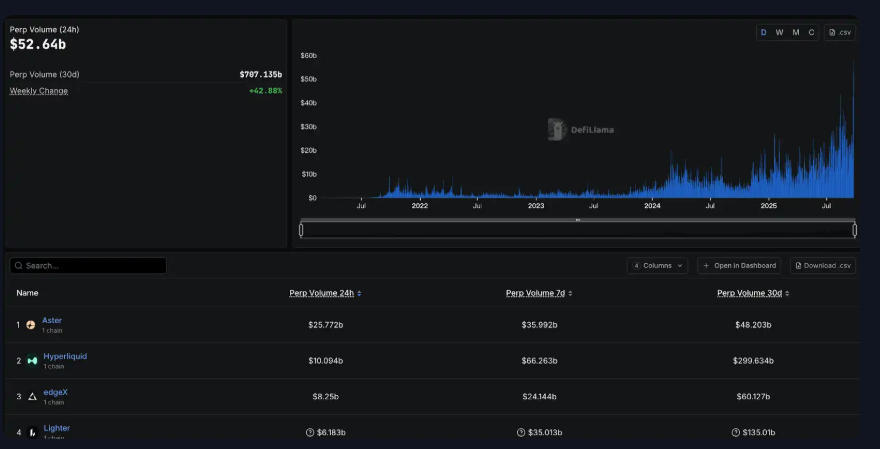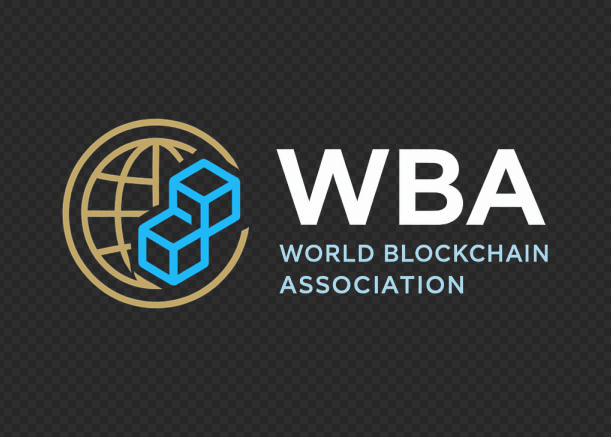
September 11, 2025 — World Blockchain Association (WBA)
The World Blockchain Association reports that 2025 represents a historic turning point for cryptocurrency regulation in the United States, signaling a transition from fragmented enforcement-driven policies to a systemized, institutionalized framework. This paradigm shift is redefining the global landscape for Cryptocurrency, Bitcoin, Ethereum, DeFi, Web3, NFTs, DAOs, Tokenization, and Stablecoins, while also reshaping how the industry integrates with Wall Street and mainstream financial markets.
From “Regulation by Enforcement” to Structured Frameworks
For more than a decade, U.S. cryptocurrency policy was characterized by ambiguity. Regulators relied on outdated precedents—most notably the Howey Test, a 1946 Supreme Court case about orange groves—to determine whether tokens should be classified as securities. Under former SEC leadership, this blanket approach created deep uncertainty. Projects, exchanges, and investors were left navigating lawsuits rather than clear compliance pathways.
High-profile cases such as Ripple (XRP) and Coinbase illustrated the inconsistency. Ripple’s XRP was simultaneously treated as a security in some contexts and not in others, while Coinbase faced SEC approval for its IPO in 2021 only to be sued in 2023 for activities the agency had already reviewed. The result was a chilling effect on innovation, capital flight to Europe and Asia, and what traders dubbed the “SEC Effect”—sharp token price declines following regulatory announcements rather than fundamental developments.
The World Blockchain Association points out that this period, often described as the “era of enforcement-based regulation,” stifled innovation and pushed talent offshore. But by 2025, the tide shifted.
Milestones of 2025: The Great Integration
Several watershed moments marked the U.S. regulatory realignment:
- January 2025: The controversial SAB 121 accounting rule, which forced banks to treat customer crypto holdings as liabilities, was repealed. This opened the door for institutional custody of Bitcoin, Ethereum, and other digital assets.
- June 2025: Congress passed the GENIUS Act, granting federal recognition to Stablecoins and formally linking them to the U.S. dollar. This provided legitimacy to issuers such as Circle’s USDC, while implicitly challenging offshore competitors.
- September 2, 2025: The SEC and CFTC issued a joint declaration, ending years of turf wars. They authorized major exchanges like Nasdaq and CME to list spot Bitcoin and Ethereum products, placing them on par with equities and commodities.
The World Blockchain Association reports that these moves established a viable compliance path for crypto projects, banks, and institutional investors. The United States is no longer seeking to suppress digital assets—it is working to systematize them within its financial architecture.
Regulatory Philosophy Redefined
A defining shift came when SEC Chair Paul Atkins declared that “most crypto assets are not securities.” This single statement overturned years of assumptions and marked the beginning of a nuanced classification system.
The U.S. framework now emphasizes:
- Safe Harbor Rules: Allowing blockchain projects to launch under disclosure obligations while evolving toward decentralization, rather than being permanently treated as securities.
- Custody Reform: Permitting banks and custodians to securely hold digital assets, meeting the institutional demand for compliance-grade infrastructure.
- Integrated Licensing: Paving the way for “super-app” intermediaries that can simultaneously offer trading, lending, staking, and custody services under one license, much like successful models in Asia.
- Spot Market Access: Giving Bitcoin and Ethereum legitimacy on Wall Street, alongside equities and futures, through transparent reporting and surveillance requirements.
The World Blockchain Association points out that this regulatory clarity signals the U.S. intent to set global benchmarks for digital finance.
Global Models: Diverging but Interconnected
While the U.S. pursues a Wall Street–centric integration model, other regions are shaping their own regulatory blueprints:
- Europe (Rulebook Model): The EU’s Markets in Crypto Assets (MiCA) framework provides uniform regulations for 27 nations, prioritizing legal certainty but offering limited flexibility for emerging sectors like DeFi and NFTs.
- United Kingdom (Integration Model): Expanded the Financial Services and Markets Act (FSMA) to encompass crypto custody, staking, and payments, demanding all overseas firms serving U.K. clients comply locally.
- Asia (Sandbox Model): Singapore and Hong Kong have adopted pragmatic licensing regimes. Singapore emphasizes AML/CFT standards and Stablecoin frameworks, while Hong Kong re-opened its market with retail access to Bitcoin and Ethereum.
- China (State-Driven Model): While mainland China bans private crypto activities, Hong Kong acts as a pilot hub, and the proliferation of USDT has pressured policymakers to consider a digitally backed yuan stablecoin.
The World Blockchain Association highlights that this “regulatory divergence” could lead to three dominant archetypes: rulebook (Europe), integration (U.S./U.K.), and sandbox (Asia).
Market Response: Institutional Capital Returns
Markets have already priced in the U.S. regulatory shift. The World Blockchain Association reports that:
- ETP Flows: U.S. crypto exchange-traded products saw over $35 billion in net inflows in 2025, with Ethereum funds leading the surge—evidence of rising institutional confidence in assets beyond Bitcoin.
- Venture Capital: Q2 2025 crypto startup funding exceeded $10 billion, double the prior year, with half of investments flowing into compliant infrastructure and regulated exchanges.
- Retail Sentiment: Surveys show over 60% of U.S. crypto-aware investors expect price appreciation under the new administration, rivaling optimism levels last seen in 2021.
This momentum underscores a broader narrative: clarity attracts capital.
Winners, Losers, and Emerging Risks
Every regulatory overhaul creates both opportunities and challenges. According to the World Blockchain Association:
Winners:
- Compliant Exchanges like Coinbase and Kraken, now default gateways for U.S. institutions.
- Wall Street Institutions entering custody, ETFs, and settlement services.
- Stablecoin Issuers that meet GENIUS Act standards, converting compliance into competitive advantage.
- Tokenization Platforms for real-world assets (RWA), with new clarity fueling growth in on-chain real estate, debt, and equity products.
Losers:
- Offshore Arbitrage Platforms, facing enforcement risk when serving U.S. clients.
- Algorithmic Stablecoins, effectively barred without 1:1 backing.
- Privacy Coins, increasingly delisted due to AML/KYC conflicts.
Emerging Risks:
- Systemic Interconnection: As banks, ETFs, and custodians intertwine with crypto markets, failures could ripple into the broader financial system. What once insulated crypto collapses like FTX may now amplify shocks across global markets.
DeFi and Web3: At a Crossroads
Decentralized Finance (DeFi) now faces two potential futures:
- Regulated DeFi (RegDeFi): Protocols integrating KYC/AML at the smart contract or front-end level, enabling institutional participation.
- Unregulated DeFi: Persisting outside the mainstream but marginalized from liquidity flows.
The World Blockchain Association notes that regulators increasingly view decentralization as “illusory,” targeting governance token holders, developers, and interfaces. This dynamic could empower large incumbents like Coinbase and BlackRock to shape the rules, potentially marginalizing smaller innovators.
At the same time, technological advances—zero-knowledge proofs, decentralized identity, and cross-chain interoperability—may enable a parallel decentralized economy, preserving crypto’s original ethos alongside the regulated system.
Looking Ahead: 2026 and Beyond
The World Blockchain Association forecasts three plausible trajectories:
- Full Integration (Most Likely): U.S. consolidates crypto into Wall Street, with stablecoins mainstreamed, spot ETFs entrenched, and RegDeFi established as a compliance standard.
- Fragmented Global System (Moderate Probability): U.S. stalls due to politics, leaving Europe’s MiCA and Asia’s sandboxes to dominate in parallel silos.
- Decentralization Revival (Low Probability): Over-centralization sparks backlash, pushing developers and users toward censorship-resistant alternatives, fueling a “parallel crypto economy.”
Conclusion: The Great Integration Has Begun
The World Blockchain Association concludes that 2025 marks the start of a “Great Integration Era.” For the United States, crypto is no longer an adversarial battleground but an industry to regulate, integrate, and leverage for global financial leadership.
This shift carries promise—clarity, institutional trust, and market legitimacy—but also introduces risks, particularly systemic interdependence with traditional finance. How these forces balance will define the next phase of Cryptocurrency, Bitcoin, Ethereum, Web3, DeFi, NFT, DAO, Tokenization, and Stablecoin adoption.
About the World Blockchain Association
The World Blockchain Association (WBA) is a global organization dedicated to advancing knowledge, policy dialogue, and innovation in blockchain and digital finance. As a leader in the blockchain and cryptocurrency space, the WBA provides stakeholders with trusted insights at the intersection of technology, regulation, and global economic trends through research, reporting, and thought leadership.
🌐 Website: WorldBlockchainAssociation.org
📧 Email: TheWorldBlockchainAssociation@gmail.com







